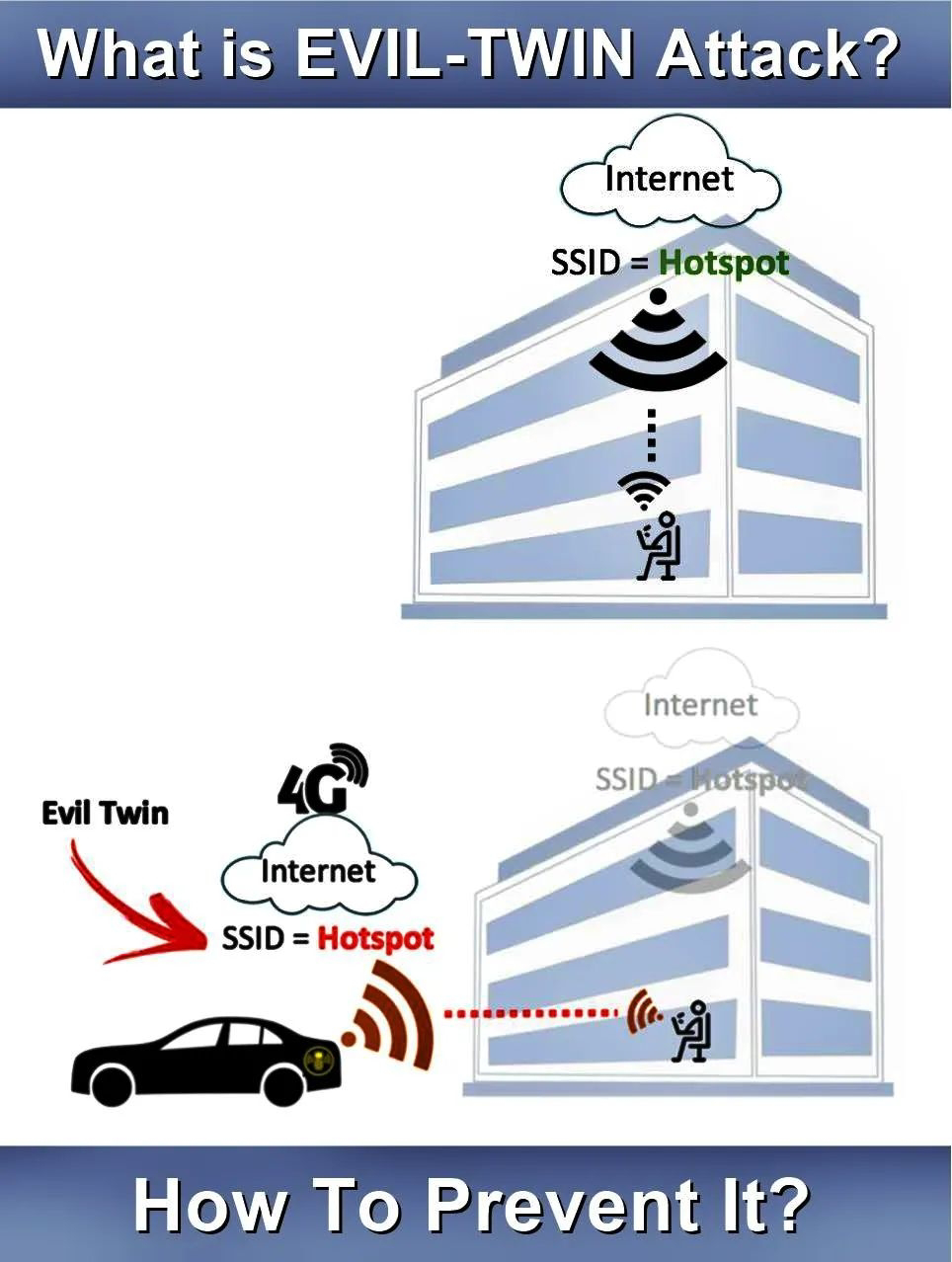A cyber security risk assessment is the process of identifying, analysing and evaluating risk. It helps to ensure that the cyber security controls you choose are appropriate to the risks your organisation faces.
Risk assessment is a process that includes:
* Identifying vulnerabilities, threats, and risks that can cause any
sort of damage to the organization
* Estimating the probability of risks being realized
* Defining mitigation priorities by risk severity and the likelihood
of occurrence
In risk management, assessment is preceded by framing (establishing the context of risks) and followed by responding to and monitoring these risks.
Without a risk assessment to inform your cyber security choices, you could waste time, effort and resources. There is little point implementing measures to defend against events that are unlikely to occur or won’t impact your organisation.
Likewise, you might underestimate or overlook risks that could cause significant damage. This is why so many best-practice frameworks, standards and laws – including the GDPR (General Data Protection Regulation) and DPA (Data Protection Act) 2018 – require risk assessments to be conducted.
Please understand very clearly that it is an ongoing process that helps you evaluate your security controls, detect issues, and estimate their impact.
5-Major Reasons For Conducting An Cyber/IT Risk Assessment:
1. To prevent hacks, data breaches, and data loss. A periodic review of cybersecurity controls allows you to detect and close off vulnerabilities before hackers can exploit them.
2. To examine network security. An independent risk assessment provides an unbiased examination of your network’s security controls. It helps you update knowledge on your protected environment, especially after significant changes like deploying new software, installing new hardware, or moving to a new location.
3. To improve decision-making. Determining the impact of discovered risks is an important part of a risk assessment. This information is useful for making further decisions related to cybersecurity: budgeting, planning improvements, prioritizing fixes, etc.
4. To reduce spending on cybersecurity. An assessment is a time- and cost-consuming procedure. But in the long term, it can save you from more severe losses by preventing data breaches, hacks, and compliance violations.
5. To ensure compliance. Risk management is part of many laws, regulations, and standards including NIST Special Publications, HIPAA, PCI DSS, and GDPR. Failing to comply with those that are relevant to your business may lead to substantial fines.


No comments:
Post a Comment